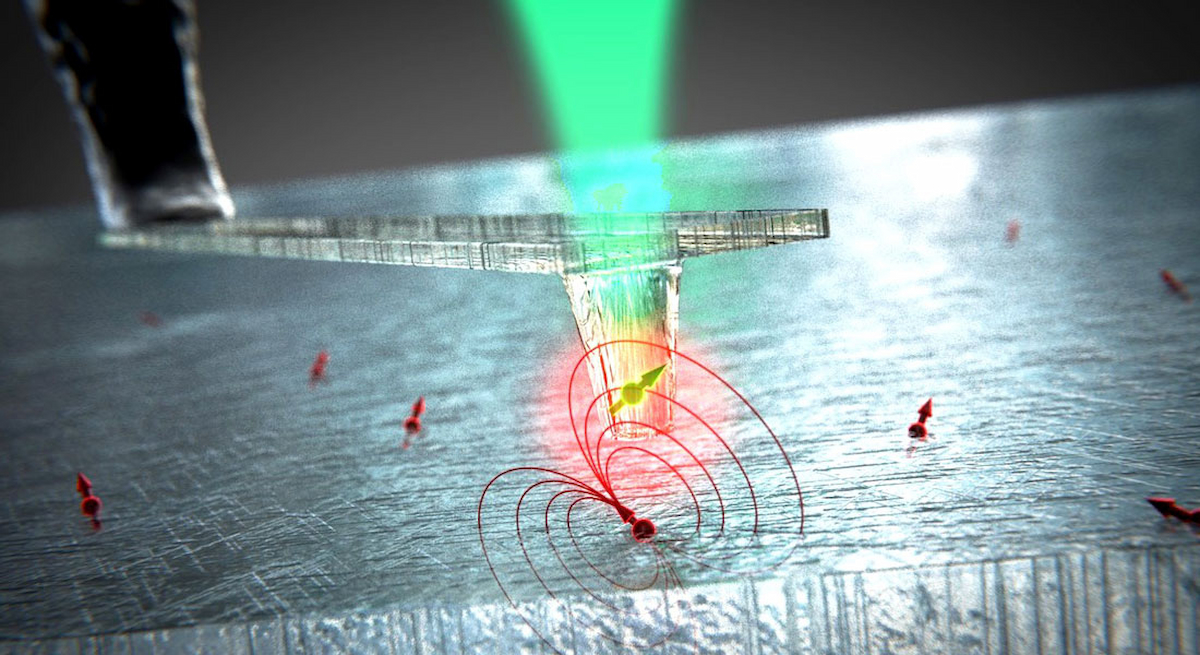To better understand magnetism, it is helpful to understand how the atoms in magnetic materials are structured. Within each domain, the electrons have the same magnetic orientation. Since their axes of rotation are aligned, they are both equally stable. “Walls” separate the magnetic domains. One sort of wall has spin rotations that are left- or right-handed, known as having chirality. When subjected to a magnetic field, chiral domain barriers approach one another, decreasing the magnetic domains. Magnetic material with thickness-dependent chiral domain wall handedness has been produced. In the latter situation, providing a magnetic field leads to annihilation of clashing domain barriers. The researchers used a combination of neutron scattering and electron microscopy to further define these microscopic internal features, which allowed them to gain a deeper insight into the magnetic behavior.
An new field of technology called spintronics involves processing and storing information by exploiting an electron’s spin instead of its charge. The capacity to manipulate this basic feature may lead to exciting new avenues of research and development for electrical gadgets. Compared to present technology, these gadgets may store more information in less space and work at quicker speeds with less energy use. This study offers a mechanism to adjust the rotational direction and occurrence of domain wall pairings. It’s possible that this indicates a way to manage the characteristics and motion of domain walls. The results could have consequences for technology based on spintronics.
Because magnetic domains normally can randomly swap orientations, it has been difficult to control domain wall movement. Additionally, when domain sizes are shrunk to allow higher information storage density, domain boundary shifts occur in an unpredictable fashion. However, a class of materials termed chiral magnets has showed potential for minimizing random domain wall behavior. This is because chiral magnets exhibit complicated spin structures, which assist limit the random reversal of domains.
Researchers from Indiana University–Purdue University Indianapolis, Oak Ridge National Laboratory, Louisiana State University, Norfolk State University, the Peter Grünberg Institute, and the University of Louisiana at Lafayette developed a chiral magnetic material by inserting manganese atoms between hexagonal layers of niobium disulfide compounds. The group examined the magnetic nanostructure of the material in response to varying temperatures and magnetic fields by doing neutron experiments at the High Flux Isotope Reactor (HFIR). These observations were paired with characterisation by Lorentz transmission electron microscopy, allowing a more thorough knowledge of the magnetic behavior. The team’s observations imply that increasing the thickness of the chiral magnet can lead some domain wall pairs to rotate in opposite directions, known as having opposite chirality. Also, the researchers discovered that when an external magnetic field is applied, domain walls of contrasting chirality move near each other and cancel out. The results may help researchers better understand and manipulate magnetism for technological purposes.


